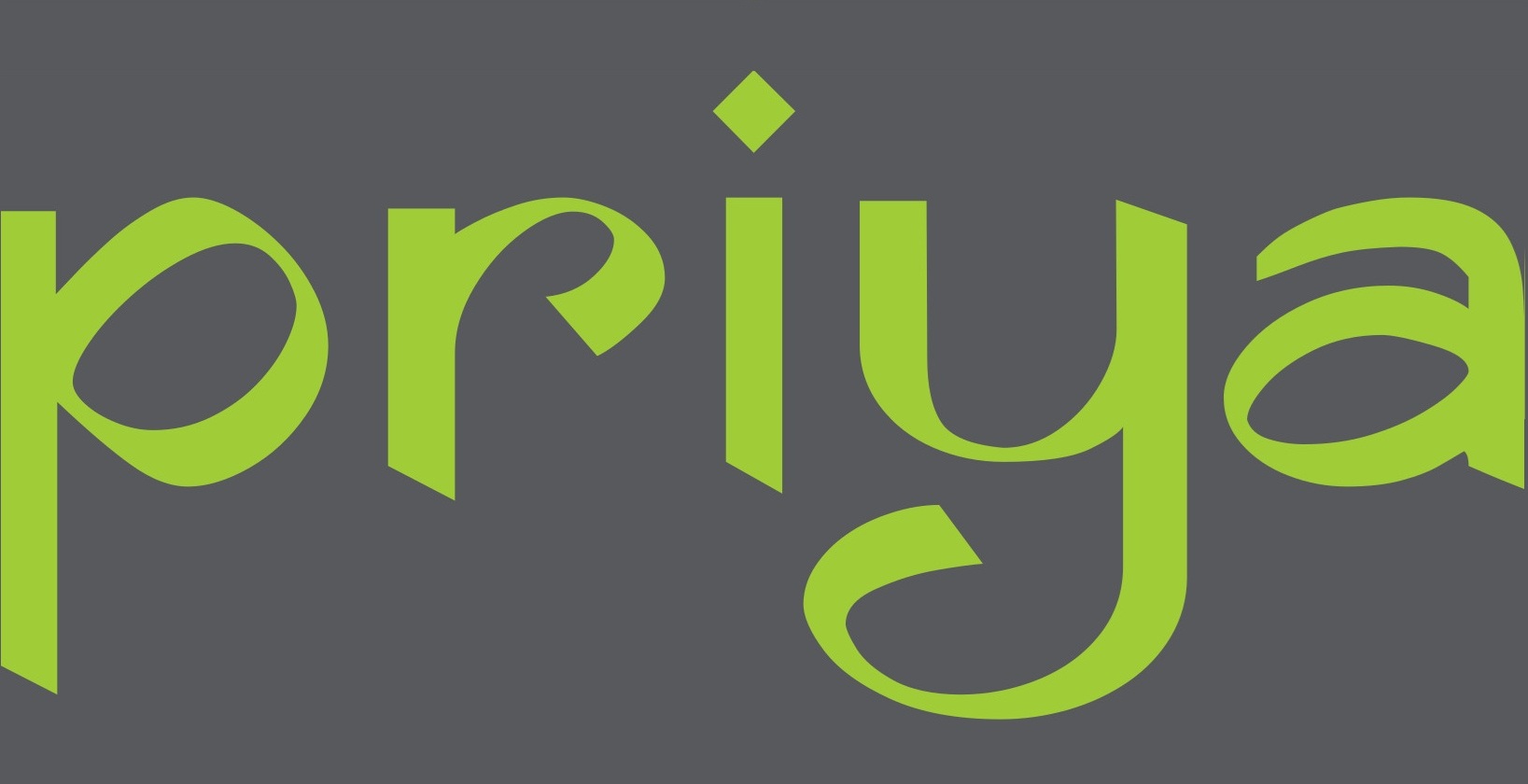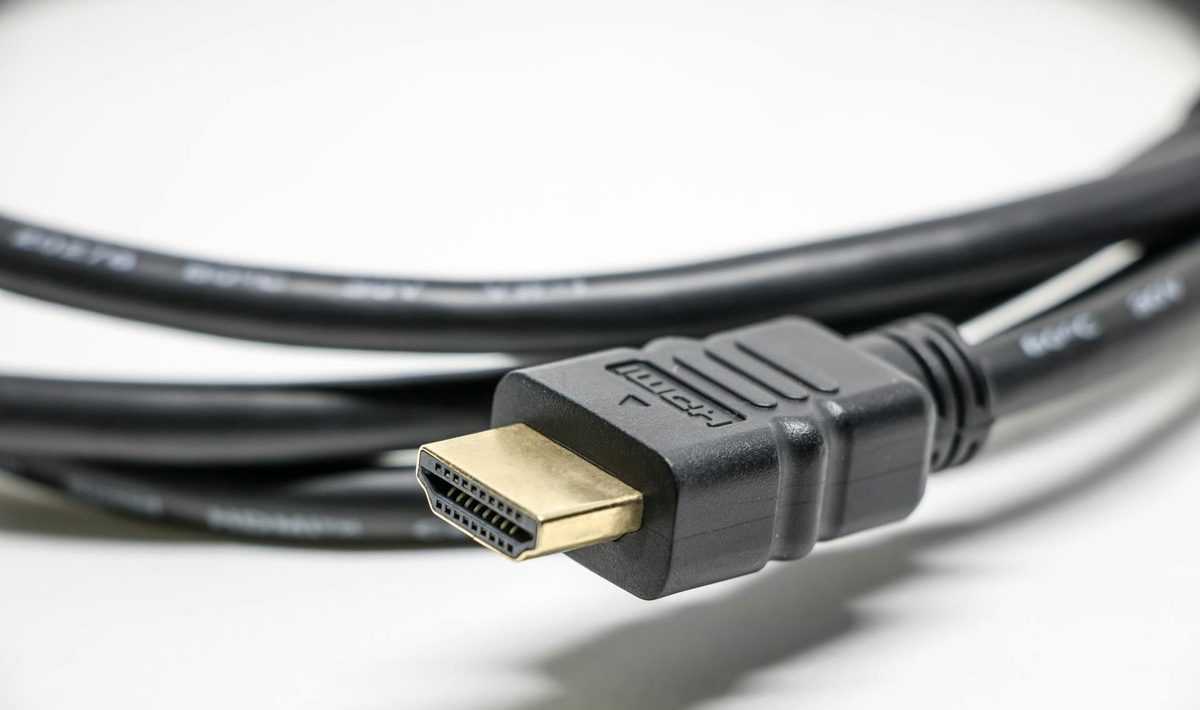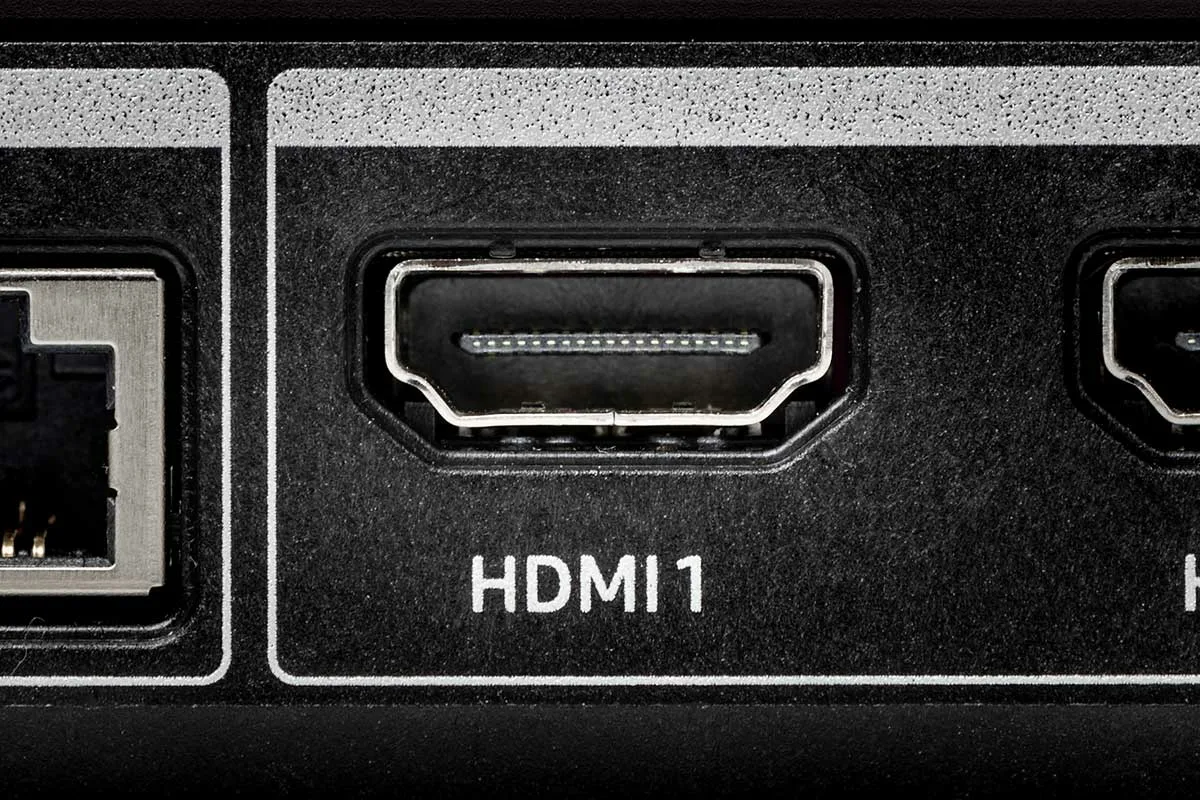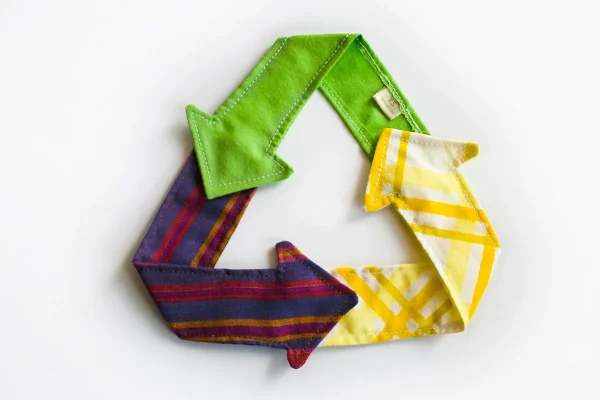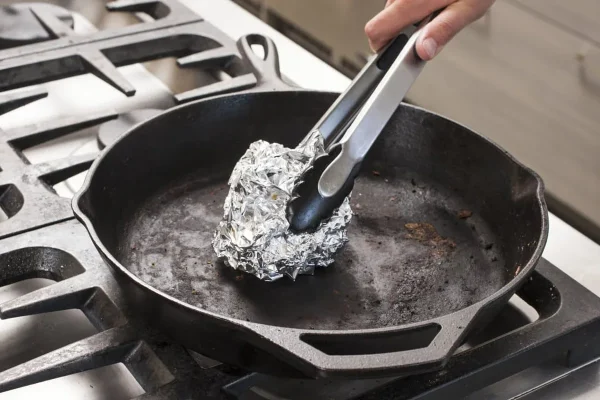Even if your old HDMI cables are not compatible with 4K at 120 Hz or the latest features, they can still be used for other purposes and you can get the most out of them for several more years.
Table of Contents
If you were thinking of leaving your old HDMI cables at the bottom of a drawer, in the storage room or, worse still, throwing them away, think twice, because those cables that seem obsolete are still very useful.
Backward compatibility means that a cable from more than ten years ago still works today with televisions, consoles, or laptops. While you won’t have all the features offered by the latest versions, you will have a functional accessory that can save you money and reduce electronic waste.
Five uses for your old HDMI cables
- In emergencies: The value of an old cable is not always in its performance, but in its timeliness. Having one on hand can get you out of a tight spot when your current one breaks, when a connector fails, or when you need to connect an extra device at home or in the office. It may not be the fastest or the most modern, but it does the essential job of transmitting video and sound without complications when you need it most.
- Sell or recycle them: HDMI cables contain materials that should not end up in the regular rubbish bin. You can take them to electronic waste collection points or even sell them at a low price to someone who needs them. Electronics shops and second-hand platforms facilitate this option. This way, you not only avoid polluting, but you also give a second life to a product that can still work perfectly.
- Connect your old consoles: An HDMI 1.4 or 2.0 cable may seem limited if you connect it to an Xbox Series X or a state-of-the-art 4K television, but for consoles such as the PS3, Xbox 360 or even the first batch of PS4 and Xbox One, they are more than adequate. The retro boom has restored value to these devices and, with them, to the cables that many had discarded.
- Connecting laptops and projectors: One of the most practical uses is still to connect a laptop to a television or projector. It doesn’t matter if the cable doesn’t transmit 4K HDR; it’s more than enough for giving a presentation, projecting a film or streaming content. In educational and work environments, these cables remain reliable and highly functional tools.
- Giving new life to old screens and monitors: An old HDMI cable can also be used to take advantage of screens that are no longer smart. Connecting a decoder, console or streaming device to an older television is possible with a 2.0 cable or even earlier. The same is true for computer monitors, which, even if they don’t have the latest resolution, are still useful for basic tasks.
HDMI: the standard that changed everything
What is HDMI ARC?
HDMI stands for High-Definition Multimedia Interface and since its introduction in 2003, it has established itself as the universal standard for transmitting high-definition audio and video. Its greatest achievement was to simplify a chaotic landscape, where it was previously common to have to connect several different cables — components, RCA, separate audio — to obtain acceptable quality.
It unified everything into a single digital connector, capable of carrying image and sound with greater fidelity, less interference and no noticeable loss. Over the years, the standard has evolved to meet the new demands of the audiovisual industry.
HDMI 1.4 was the first to introduce compatibility with 3D content and 4K video, although limited to 30 frames per second. HDMI 2.0 made the necessary leap to smooth 4K at 60 Hz, marking a turning point for video game consoles and the latest televisions.
On the other hand, HDMI 2.1 significantly expanded bandwidth, opened the door to 8K, and added key technologies such as Variable Refresh Rate (VRR) for gaming and Enhanced Audio Return Channel (eARC) for high-end sound systems.
Now there is talk of HDMI 2.2, which promises even more bandwidth, improvements in latency management, and support specifically designed for high-frequency video games and immersive experiences.
Each leap has been a step forward for those seeking the latest in home cinema or gaming, but one fundamental detail has remained unchanged: backward compatibility.
A cable purchased a decade ago can still connect to a current television without any problems, even if it does not offer features such as 8K or 120 Hz. That is why old cables are not useless pieces of equipment, but tools that continue to serve their purpose in many scenarios.
